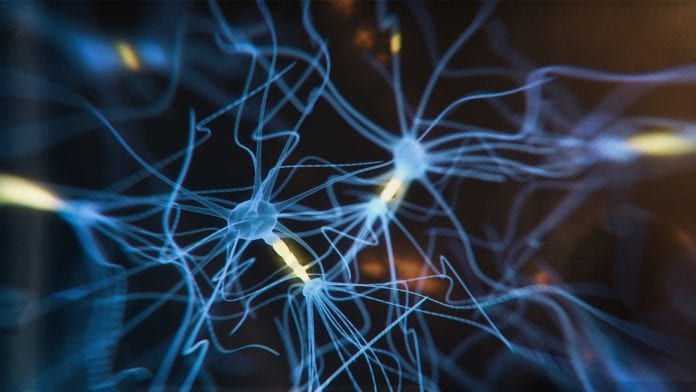
Funded by the Future and Emerging Technologies (FET) programme, an EU project, ByAxon, is devising a new generation of spinal cord injury treatment.
To improve the quality of life of those suffering a spinal cord injury, ByAxon, an EU project funded by the FET programme, is bringing together a consortium of researchers from across Europe to develop a new wave of spinal cord injury treatment. The four-year project started in January 2017 and is seeking to create implants that restore sensory functions.
What do you know about spinal cord injury?
According to the WHO (World Health Organisation), up to half a million people around the world suffer a spinal cord injury each year. Most often caused by road traffic crashes, accidents or violence, the loss of motor control or paralysis significantly impacts quality of life and requires years of treatment and care.
Spinal cord injury is also associated with lower rates of school enrolment and economic participation and carries substantial individual and societal costs.
Current methods for spinal cord injury treatment involve awkward brain-machine interfaces, with many cables linking the patient and a computer to restore limited motor functions. Other methods to map brain activity, such as magnetoencephalography, require very large machinery and particularly low-temperature working conditions.
Spinal cord injury treatment on the horizon
The new nanotechnology implants called ‘nanowire-coate electrodes’ can act as a neural interface coupled with sensors able to read the magnetic signals of neurons. Special nanomaterials used in conjunction with the nanoelectrodes, such as carbon nanotubes, would also serve as a supportive framework for nerves cells, enabling them to pass signals over the spinal cord injury, effectively creating an active bypass.
The nanotubes or ‘neuronal prosthetics’ could promote neuroplasticity processes and, as a final goal, contribute to the restoration of neural activity in the spinal cord.
If successful, ByAxon could have a huge medical and social impact in the long term. Not only would it enable sufferers of spinal cord injuries to regain sensory functions, but the technology could also serve as a basis for new applications.
Besides being a form of spinal cord injury treatment, Advanced neural interfaceswith utility in retinal implants, brain-recording systems for patients with epilepsy, and deep brain stimulation devices for Parkinson disease could all benefit from the project’s research.
The new sensors could be used beyond medical applications in a variety of everyday brain-machine interfaces that, for example through wireless communication, can be used to control computers, drones or robots using thought alone.










H I my name is Evaristo Aviles.
I had a spinal coard fraction.
My level is T 4 Complete.
I would like to know if you need volunteers. Pls. Let me know.thanks.
Hi I’m hamza Resheq
I have spinal cord injury c5 c6
I would like to know if you need volunteers.
Hi my name is Daniel cordeiro, I have spinal cord injury c5 c7 am a Portuguese live in USA, if you need volunteers I’m here thanks,